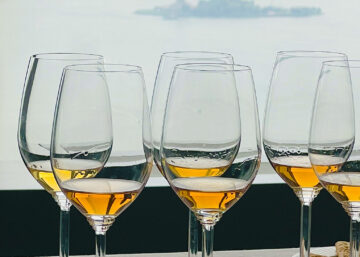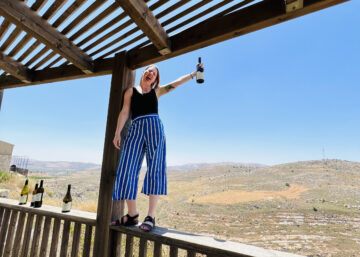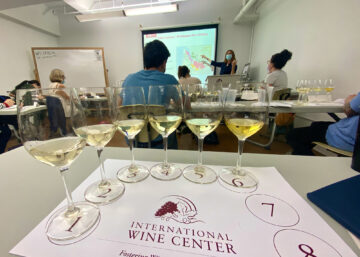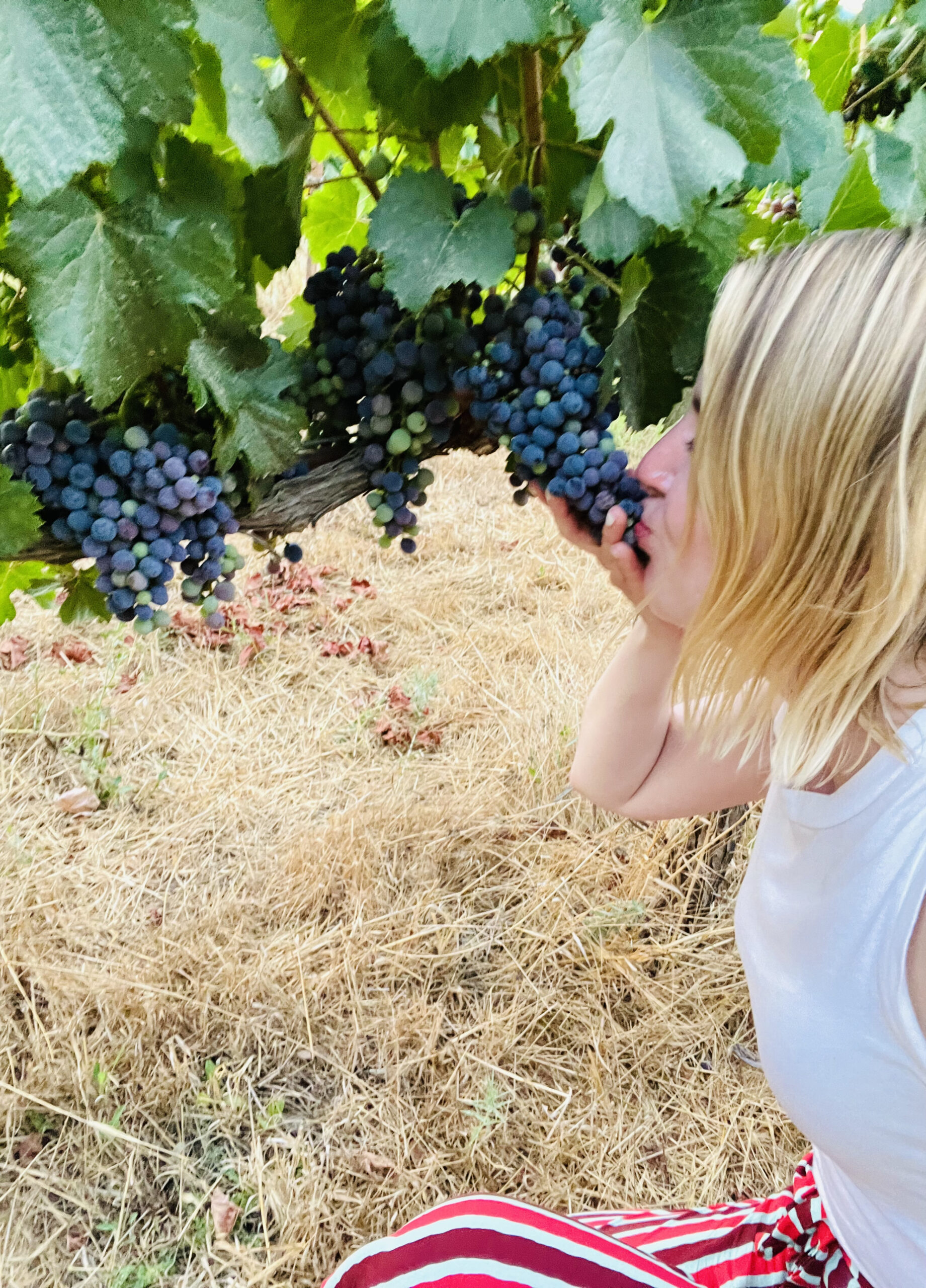Over the hills and through the woods is a quaint little winemaking town tucked away from time.
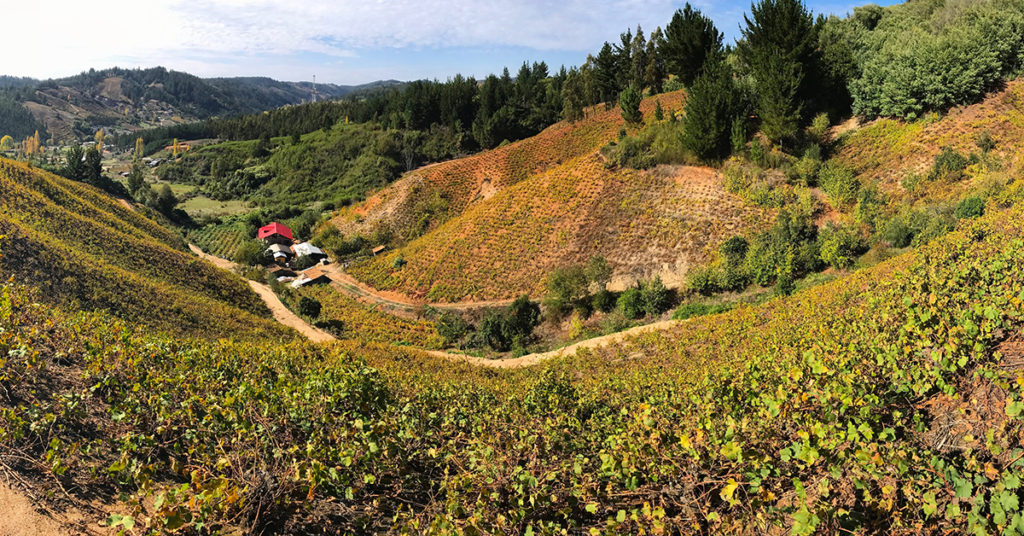
Part of Chile’s Itata Valley, Guarilihue is the epitome of tradition and rustic charm. Here, humble, hard-working souls carry on their forefathers’ spirits, while also adopting new techniques to make wines way worth sipping.
It’s the type of pueblo with one main road that doesn’t stay paved for very long, turning into dirt lanes that roam bush-vine speckled slopes. And these vines are producing some top-notch grapes, where Cinsault and Moscatel reign, among other varieties including Torontel, Semillon and even Cabernet Sauvignon.
There are no fancy bodegas or high-tech bottling plants, rather manpower and resourcefulness.
It’s a reminder that all the tools in the world are of no use without skill and experience. Do you automatically take amazing pictures because of a professional-grade camera? Do you instinctively whip up drool-worthy dishes just because the best ingredients and a loaded kitchen are at your fingertips?
Sure, tools help, but they are not the end-all, and Guarilihue is proof.
A perfect example?
Vinos de Patio
Vinos de Patio is a group of five Chilenos making some phenomenal wines from Guarilihue. Translating to Patio Wines, the name is a tribute to where the wines were made: on their patios! Upon hearing the name, I first imagined slender bodies dressed in white while sipping on a patio. The real meaning is much better.
Back to the point: skill and experience.
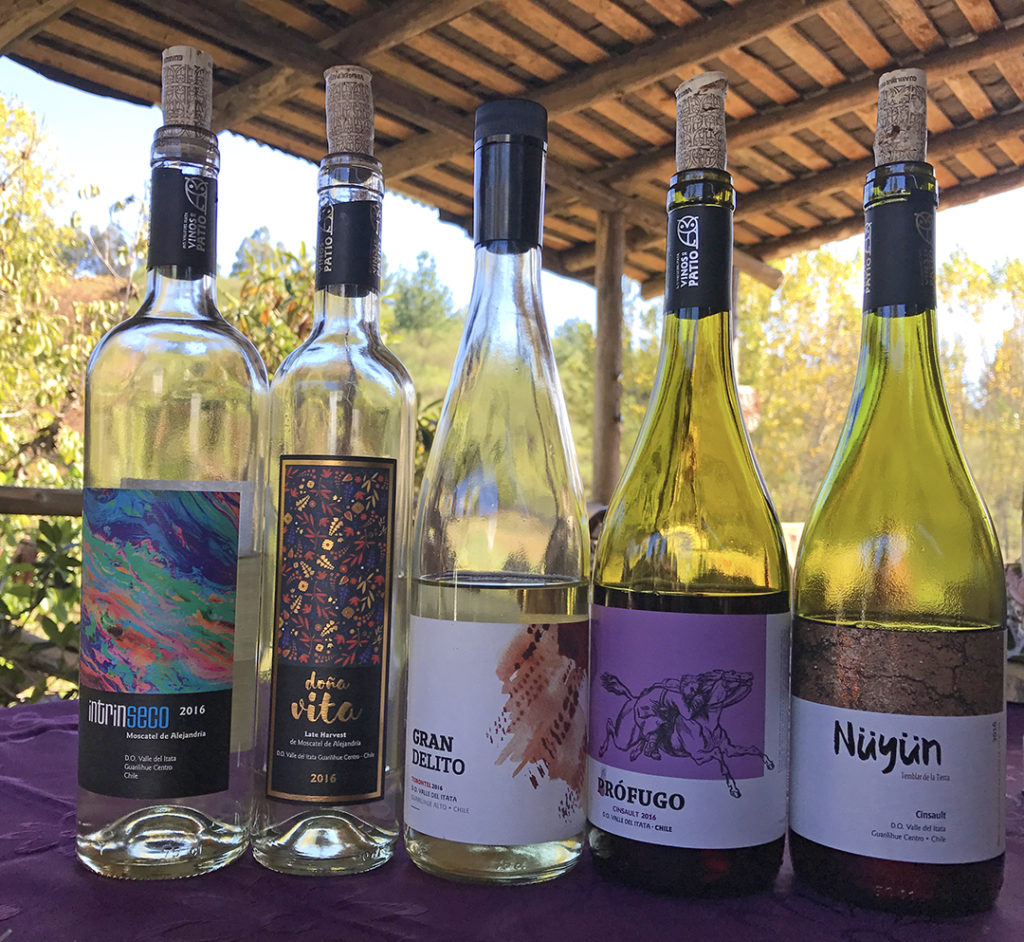
Gran Delito
Hérman made his first batch of Torontel for the project in a large plastic bin. During fermentation, his mother ran around the clock to line the bin with ice. Cool fermentations take longer, but the terroir’s character is worth it. Near the end, as outside temperatures dropped, she switched to maintaining hot water bottles to prolong fermentation. Again, wines made out on the patio, subject to nature’s whims.
The result? An exceptionally aromatic, vibrant Torontel called Gran Delito. Translating to a “major crime,” Hérman’s grandfather first passed off this wine for a Moscatel to keep in line with the official registry. So when authorities discovered the wine was a Torontel in hiding, he was fined and could no longer sell it. He never paid…(and kept selling it.)
The mistake is now corrected, but Gran Delito has a criminal record. It’s criminally delicious! Clever, I know. In all seriousness, when tasting it I wrote, “Aromatico para morir!” Fatally aromatic…
Intrínseco & Doña Vita
A real Moscatel whose nose reminds me of bubblegum, Intrínseco is Elier’s masterpiece. It’s juicy, elegant and intrinsically Moscatel de Alejandría from Guarilihue. Plus, it’s seco, dry, so it makes for a nice little play on words.
Elier also produces Doña Vita, a late harvest Moscatel honoring his late mother. This is all sweet peaches and honey, achieving a fantastic balance between sugar and acidity. Generally not a fan of sweet wines, I’d have no problem finding a glass of this in front of me along with some blue cheese. Apart from the name, another subtle tribute is the label’s artwork, taken from a pattern of the apron she always used to wear.
Prófugo
And then there is Prófugo, a smoky, fruity Cinsault that came to life in a truck bed. Necessity is the mother of invention, and a truck bed turned wine tank is proof. Meaning fugitive, this wine was inspired by Ronald’s grandfather, who raced out of Araucanía on horseback to escape a crime “he never committed.” When I asked what he was accused of, Ronald just grinned, preferring to keep family secrets secret. Upon arriving to quiet little Guarilihue, the man-on-the-run started cultivating Cinsault. The vines are now producing what I described in my notes as “Rústico pero DAMN.” I live in Spanglish…
Nüyün
Last but not least is Luis and his Nüyün Cinsault. Meaning “earthquake” in Mapudungun–language of Chile’s native Mapuche people–this wine shivers with life, its finish full of pleasant aftershocks. Though ripping up the vines and planting something more lucrative is always an option, Luis continues his grandfather’s work because it’s “simply in his blood.” Despite the area getting more attention and his recently awarded Gold at Catador’Or Wine Awards, Luis is all about staying in tune with nature and doing what he loves.
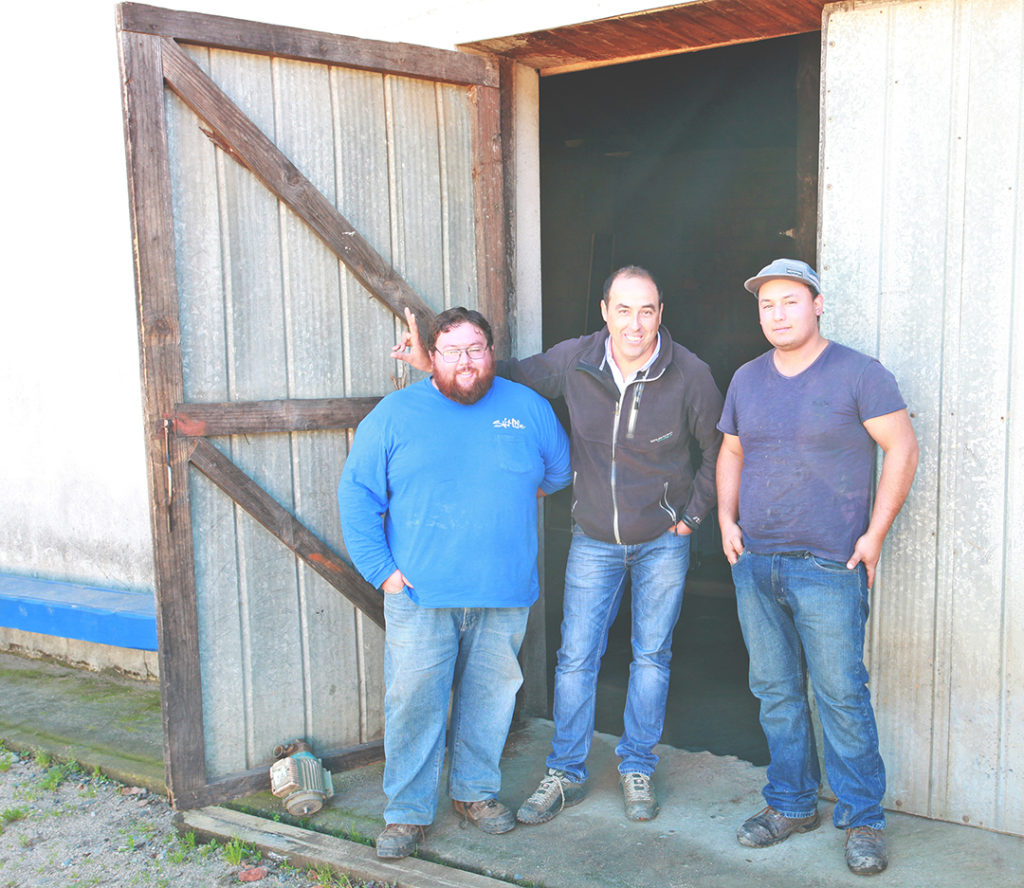
The fifth Chileno, Pablo, has been a part of this journey from the beginning, but won’t release his first wines until the late 2017/early 2018.
Helping each producer is winemaker Demy Olmos, who received funding to take these guys from making local-drinking pipeño to world-worthy wines. As their first vintage was 2016, I look forward to future sips of this juice from Guarilihue’s patios.
Of course, there are many other projects to explore in the area. I am slowly drinking my way through the region, constantly surprised by the flavors, quality and most notably, passion.
Guarilihue is a gem, just 45 minutes from Concepción, my current base. Come see me and to lovely Guarilihue we’ll go!
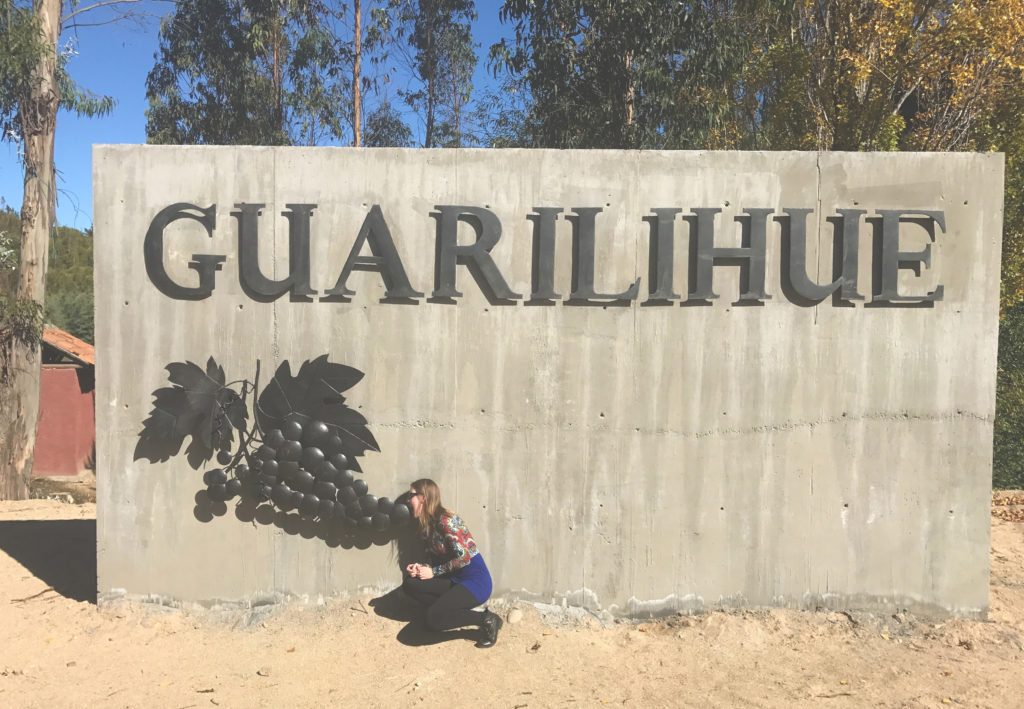
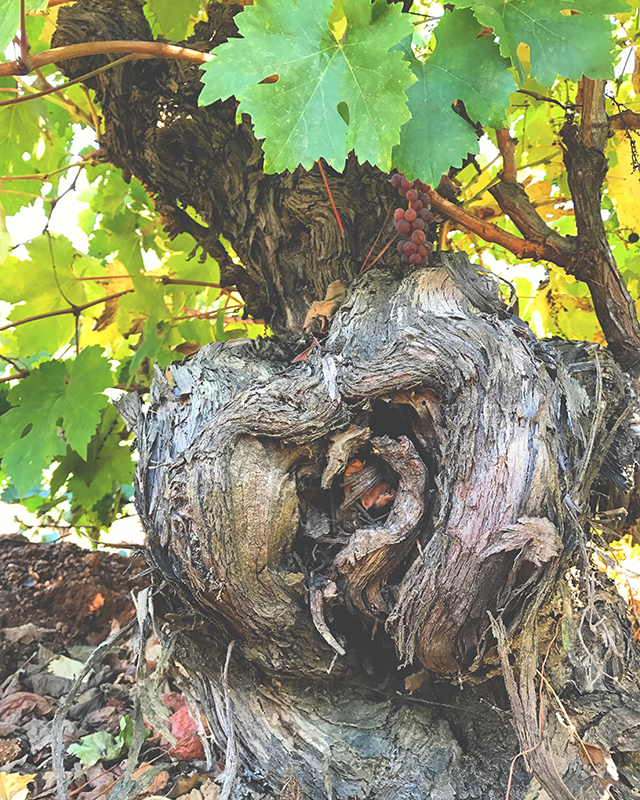
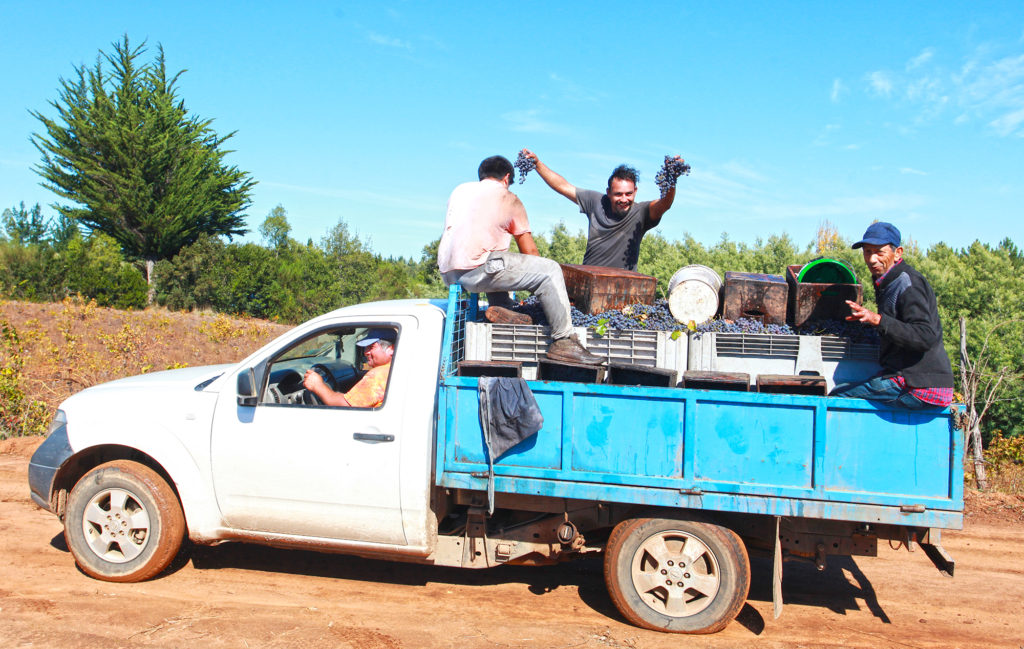
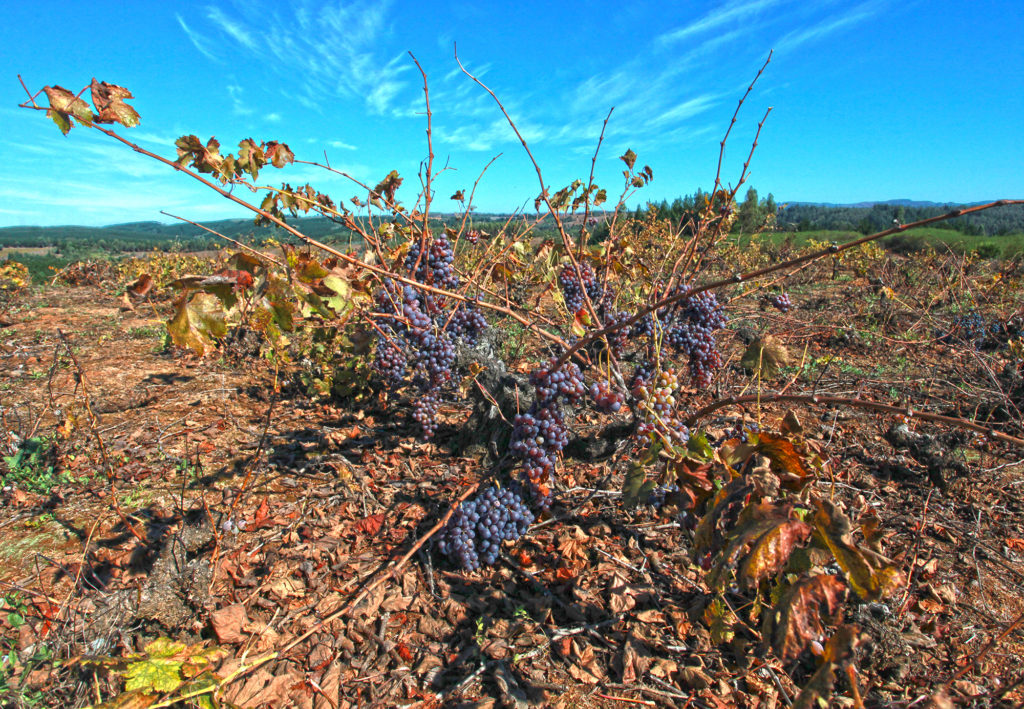
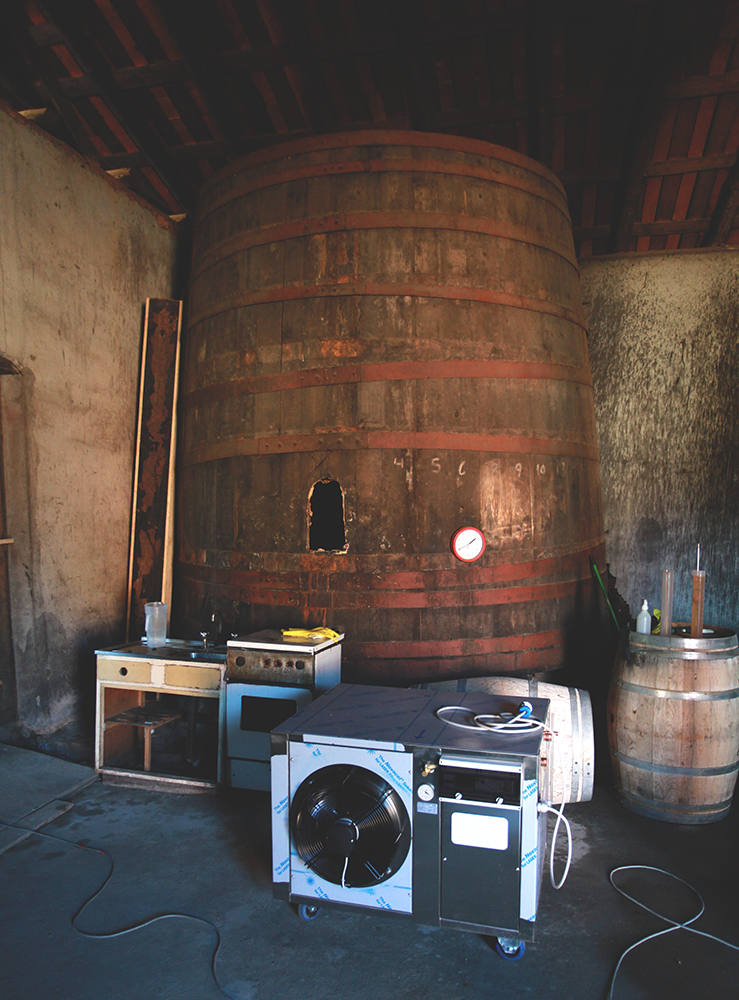
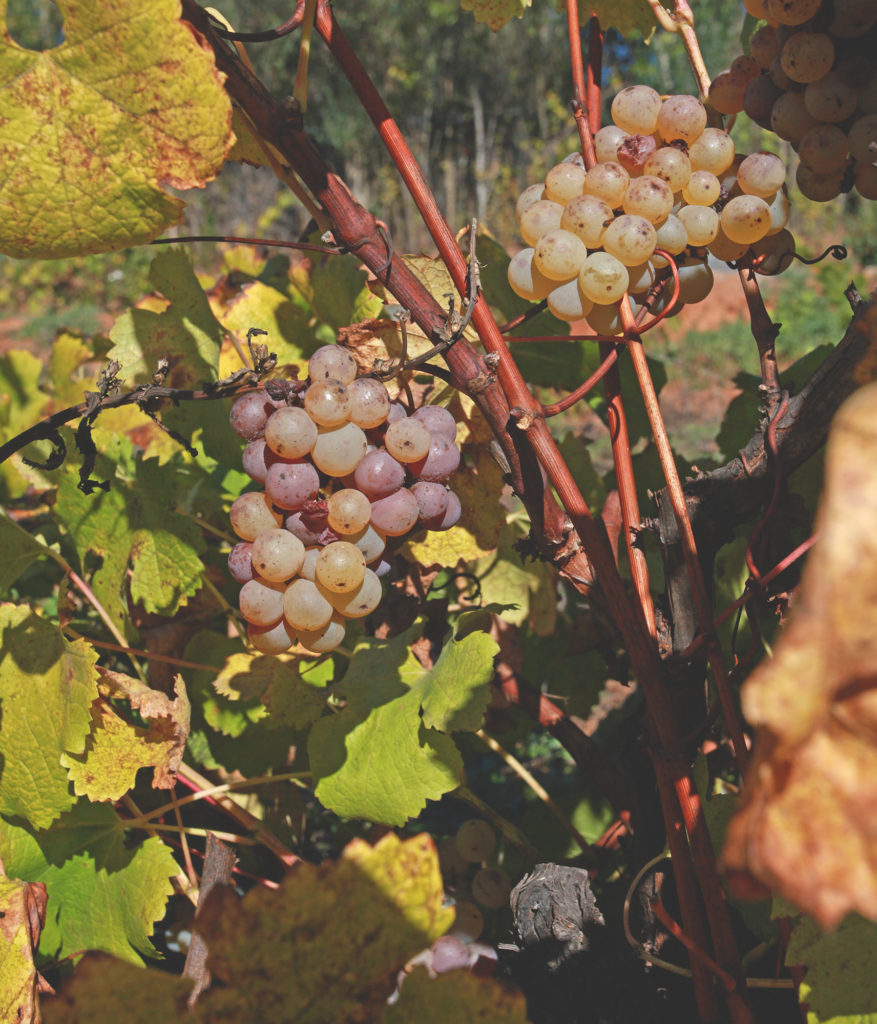
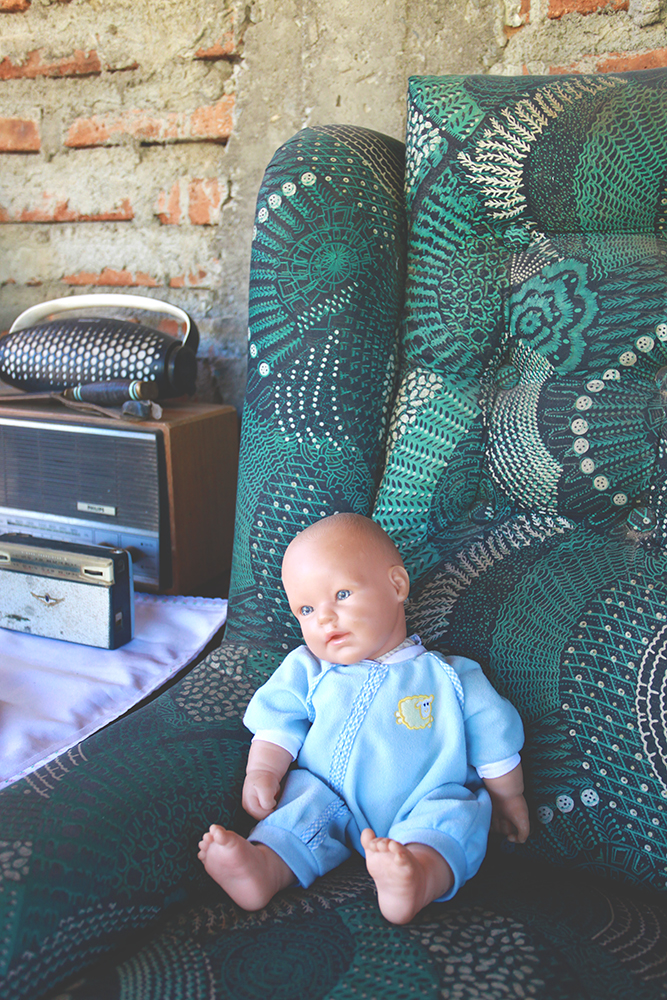
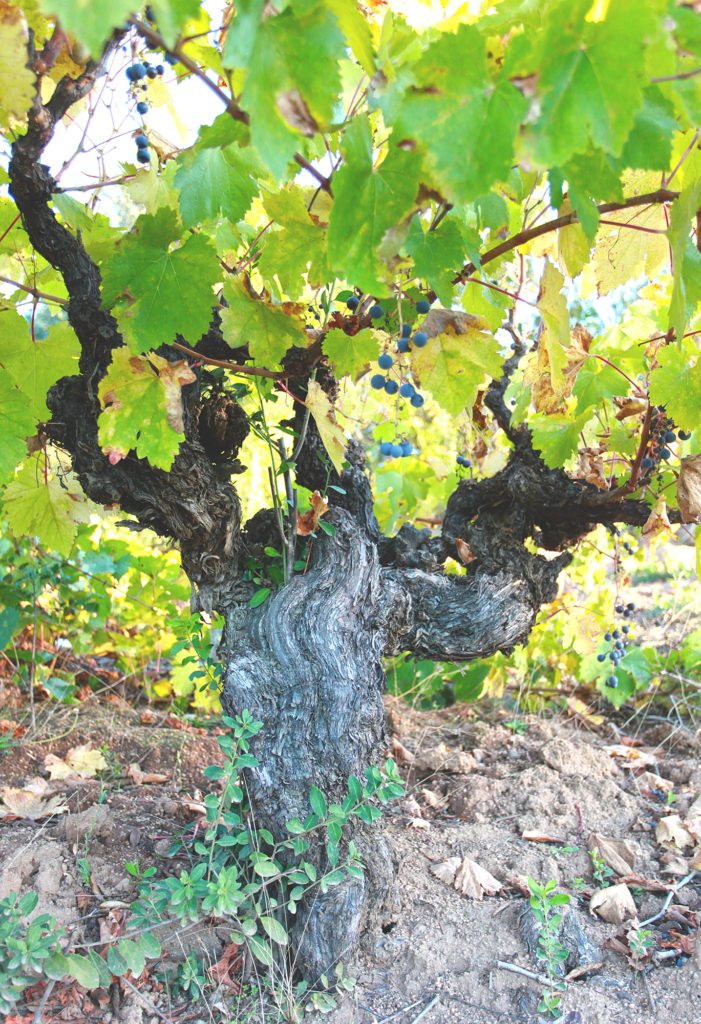
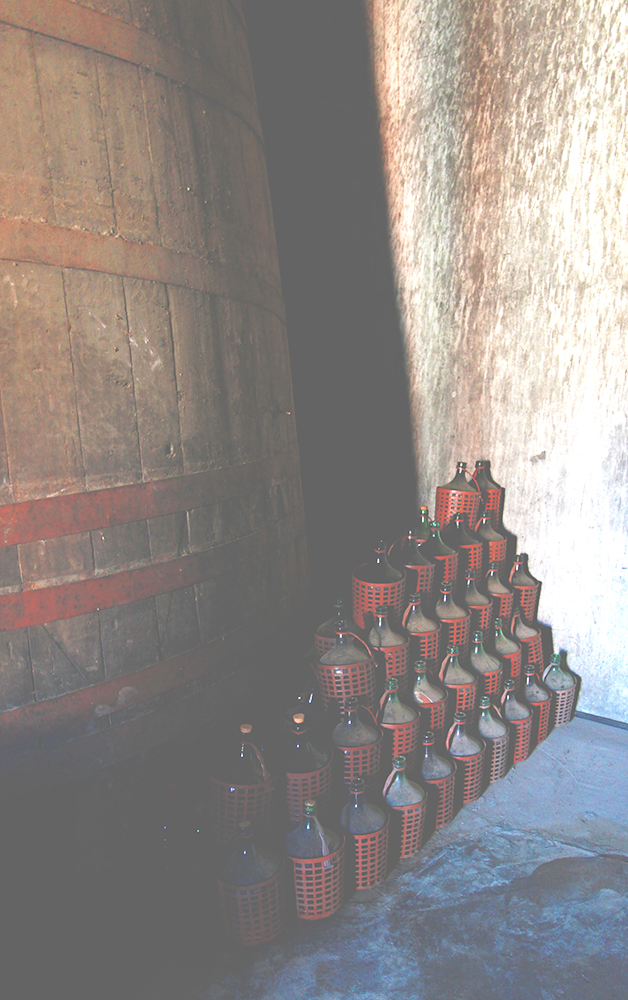
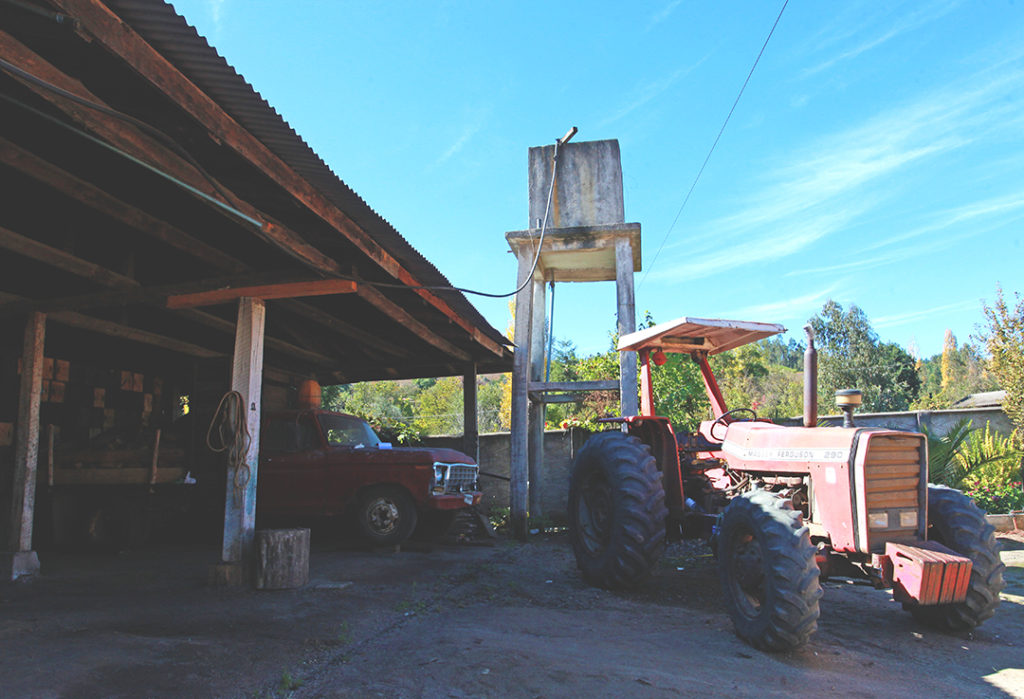
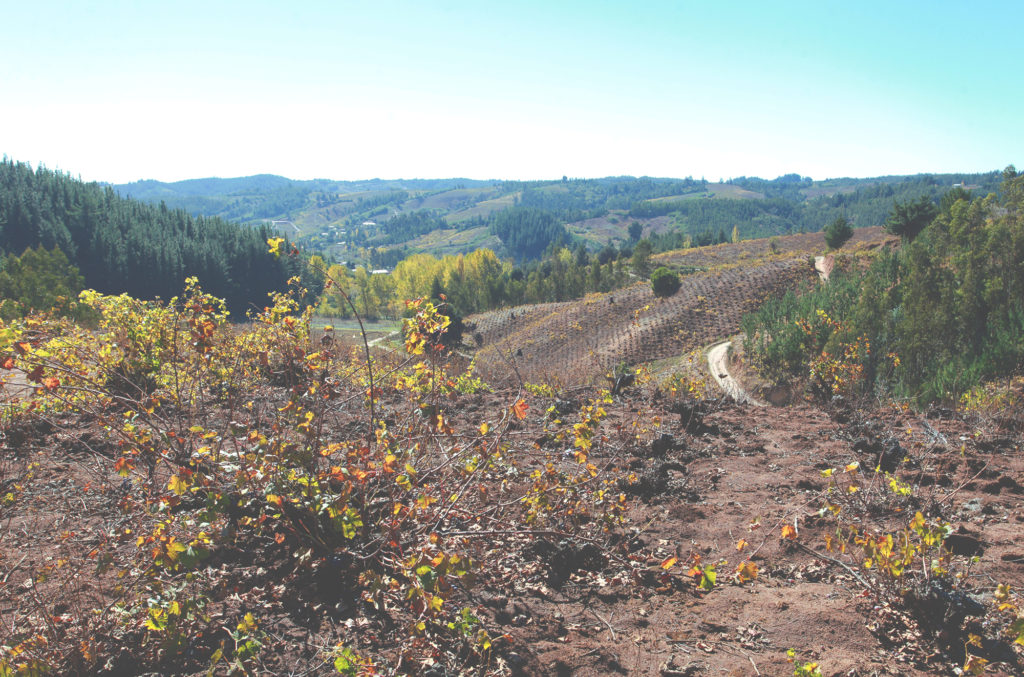
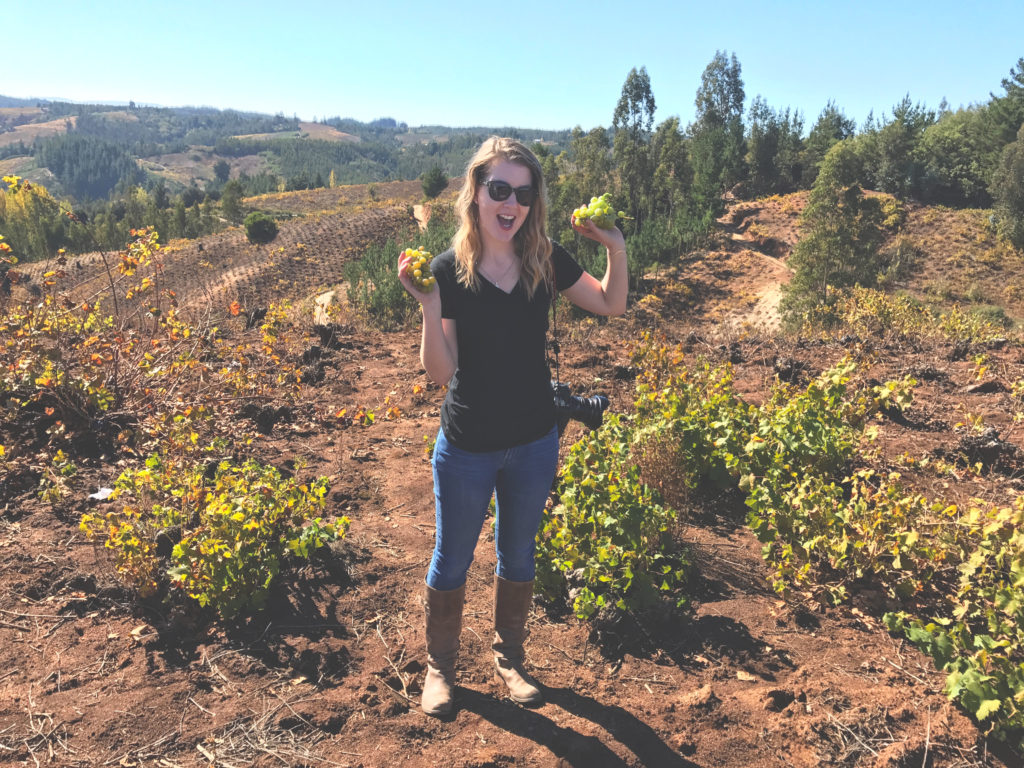
Grapes, grapes, grapes!
(If you’ve seen the episode of How I Met Your Mother when Ted goes out with the boats, boats, boats girl, well cheers to YOU! I’m her but with grapes.)
